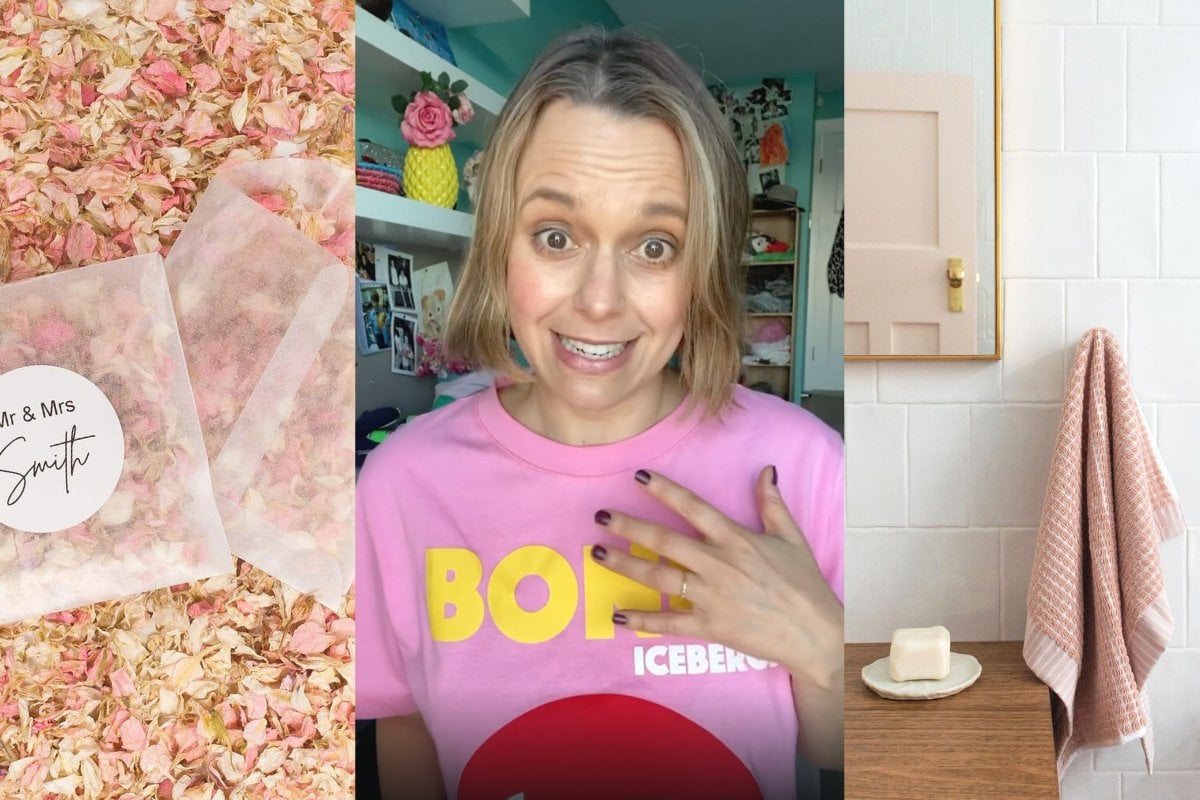
“Is my business idea any good?”
That’s the number one question we get asked at Lady Startup HQ.
Lady what now?
The Lady Startup movement and community all started with Mamamia co-founder Mia Freedman.
Mamamia began as a Lady Startup in Mia’s lounge room in 2007. As a female business owner herself, now 14 years on, Mia wanted to continue helping women to put a rocket up their business dreams.
So Lady Startup grew into a hashtag, then an Instagram, then a podcast, and even into a whole series of online courses for women who want to start or grow their own businesses, micro-businesses, hobby businesses or side-hustles with Mamamia's Lady Startup Academy.
Listen to Lady Startup Stories, to hear how some of the most inspiring and successful female entrepreneurs built their businesses from the ground up. Post continues below.
No matter the industry or business type, one of the most common barriers to starting a business or side-hustle is the niggling fear that your idea sucks.
Because, like editing your own writing, or smelling your own perfume, it’s really hard to take a step back and rationally evaluate that business or side-hustle idea you know you might have already fallen in love with.
So here are our 5 top tips to help you validate your business or side hustle idea.
1. Look for other businesses that offer something similar.
That may sound counterintuitive, especially if you buy into the myth that your business idea has to be completely original and unique. But in reality, it’s the best way to tell whether people are going to be willing to pay for your product or service (and even a ballpark of how much).
